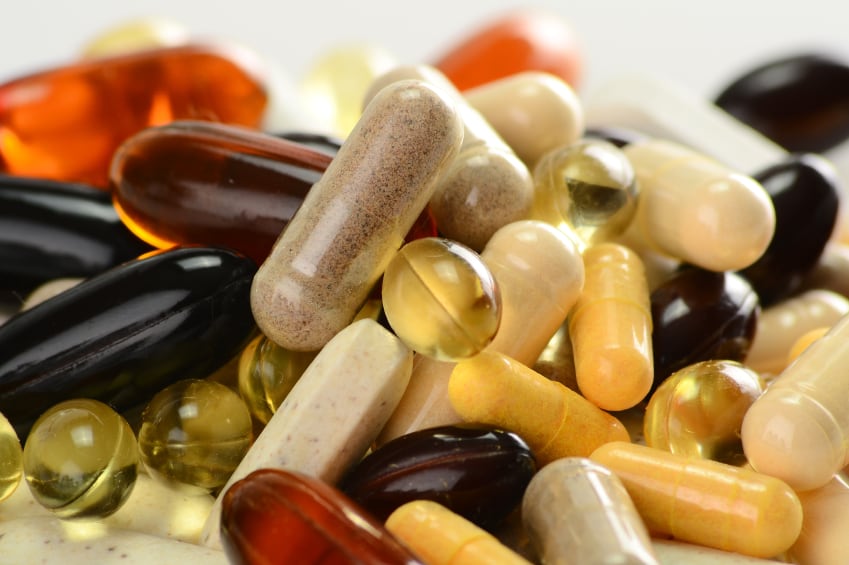Vitamin C
EFSA’s Panel on Dietetic Products, Nutrition and Allergies (NDA) said average requirements (AR) to keep bodily vitamin C at healthy levels was 90 mg/day for men, with the population reference intake (PRI - an ideal level for the majority of people) was set at 110 mg/day.
But the panel stopped short of establishing a formal dietary reference value (DRV) as it, “decided that the available data on the effects of vitamin C intake and/or status on scurvy, blood lipids and blood pressure, common cold, and on chronic disease-related outcomes (cardiovascular disease-related, cancer, vision-related, mortality) could not be used as criteria to derive the requirement for vitamin C.”
An AR – a level that applies to at least half of the population - of 80 mg/day and PRI of 95 mg/day was established for women. For pregnant and lactating women, vitamin C, additional intakes of 10 mg/day and of 60 mg/day were advised.
For infants aged 7-11 months the NDA held to a 1993 PRI level of 20 mg/day.
Children and adolescents came in at 20 mg/day for 1 to 3 year-old children, to 100 and 90 mg/day for boys and girls aged 15-17 years, respectively.
These levels were sufficient, the panel said to balance metabolic vitamin C losses and maintain fasting plasma ascorbate concentrations at about 50 µmol/L.
The NDA said the main source of vitamin C for European adults were, “fruits and vegetables and their juices, and potatoes.”
But the value of supplementation was highlighted when the NDA added, “Data from dietary surveys show that average vitamin C intakes from food only in European countries range from 69 to 130 mg/day in men and from 65 to 138 mg/day in women.”
More about the differences between AR, PRI and other measures can be found here.
The vitamin C opinion is here
Manganese

For manganese – actually a number of metalloenzymes involved in amino acid, lipid and carbohydrate metabolism – the NDA similarly found a lack of biomarkers and intake data meant no DRV could be established.
It therefore proposed an average intake – (AI) the average observed daily level of intake by a population group – of around 3 mg per day for adults including pregnant and lactating women.
The NDA said: “For infants aged from 7 to 11 months, an AI of 0.02–0.5 mg/day is proposed, which reflects the wide range of manganese intakes that appear to be adequate for this age group. The AI for children and adolescents is based on extrapolation from the adult AI using isometric scaling and reference body weights of the respective age groups.”
The manganese opinion is here.
